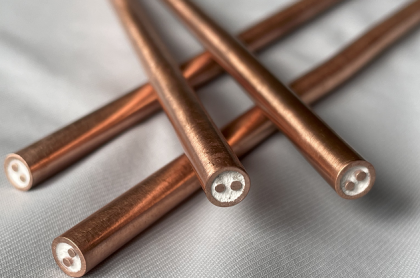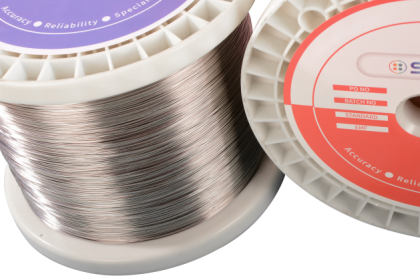As a traditional temperature measurement technology, thermocouples have undergone years of development and improvement, but some cutting-edge technologies and innovations have also emerged in recent years. Here are some cutting-edge thermocouple technologies:
1.Nano-thermoelectric materials:we arehelping our customers toexplorethe use of nano-materials as thermoelectric materials for thermocouples to enhance the thermoelectric effect. Nano structured materials have higher interface effects and quasi-resonant states, which can produce a larger thermoelectric potential difference under the same temperature difference and improve the sensitivity and efficiency of thermocouples.
2.Flexible Thermocouple: A flexible thermocouple is a thermocouple that is bendable and malleable and can adapt to complex shapes and curved surfaces. This technology makes thermocouples more flexible in a wider range of applications, such as wearable devices, flexible electronics and medical sensors.SICC are developing these thermocouples can conform to irregular surfaces, enabling temperature monitoring in applications like wearable electronics, healthcare, and sports
3. Thermocouple array and multi-point measurement: Traditional thermocouples can usually only measureonetemperature point, but thermocouple array technology makes it possible to measure the temperature of multiple points simultaneously. This technique can provide more comprehensive temperature distribution information and is particularly suitable for applications with large temperature gradients, such as heat flow analysis and materials research.
4. Nanoscale Thermoelectric Sensors:we arehelping our customers toexplore the use of nanoscale pyroelectric sensors for micro- and nanoscale temperature measurements. This technique enables high-resolution temperature measurements at tiny scales and is potentially important for applications such as nanodevices, biomedicine, and nanoheating.
5. Integration of thermocouples with other sensing technologies: The integration of thermocouples with other sensing technologies (such as pressure sensors, humidity sensors, etc.) can provide more comprehensive environmental monitoring and measurement. This integration can be achieved through microelectronics processing technology, integrating multiple sensors onto a single chip to improve the functionality and performance of the measurement system.
6. Integration with AI and Data Analytics: The integration of thermocouples with artificial intelligence (AI) algorithms and data analytics enables advanced temperature monitoring, anomaly detection, and predictive maintenance. Machine learning techniques can analyze large datasets from multiple thermocouples to identify patterns, optimize processes, and improve system efficiency.
These cutting-edge technologies and innovations are driving progress in the field of thermocouples and providing new possibilities for a wider range of applications. We look forward to promoting the emergence of more innovative thermocouple technologies through our own efforts and working with our partners from all over the world.











 IPv6 network supported
IPv6 network supported